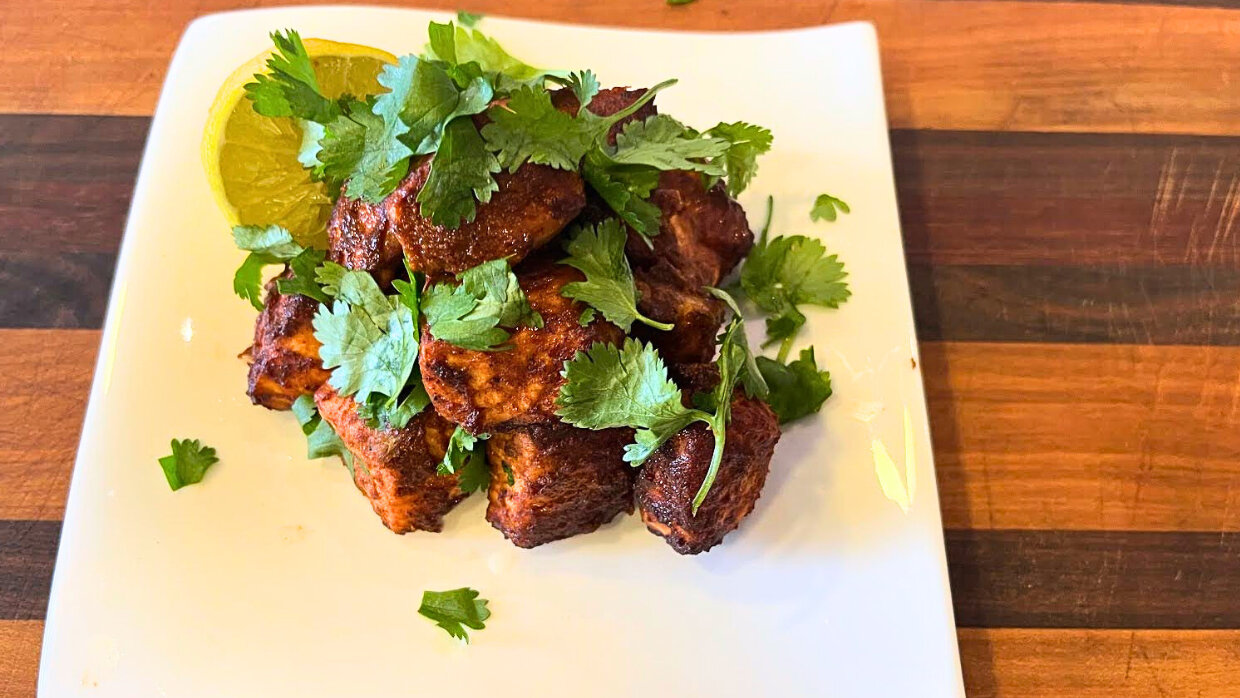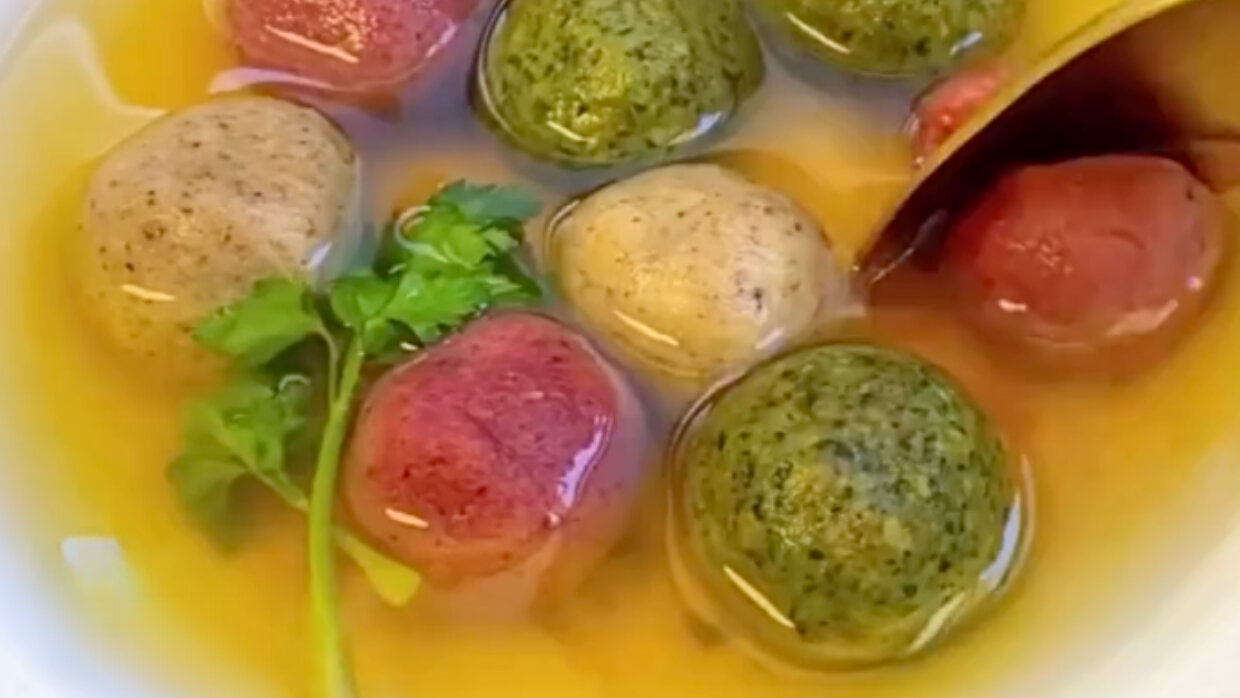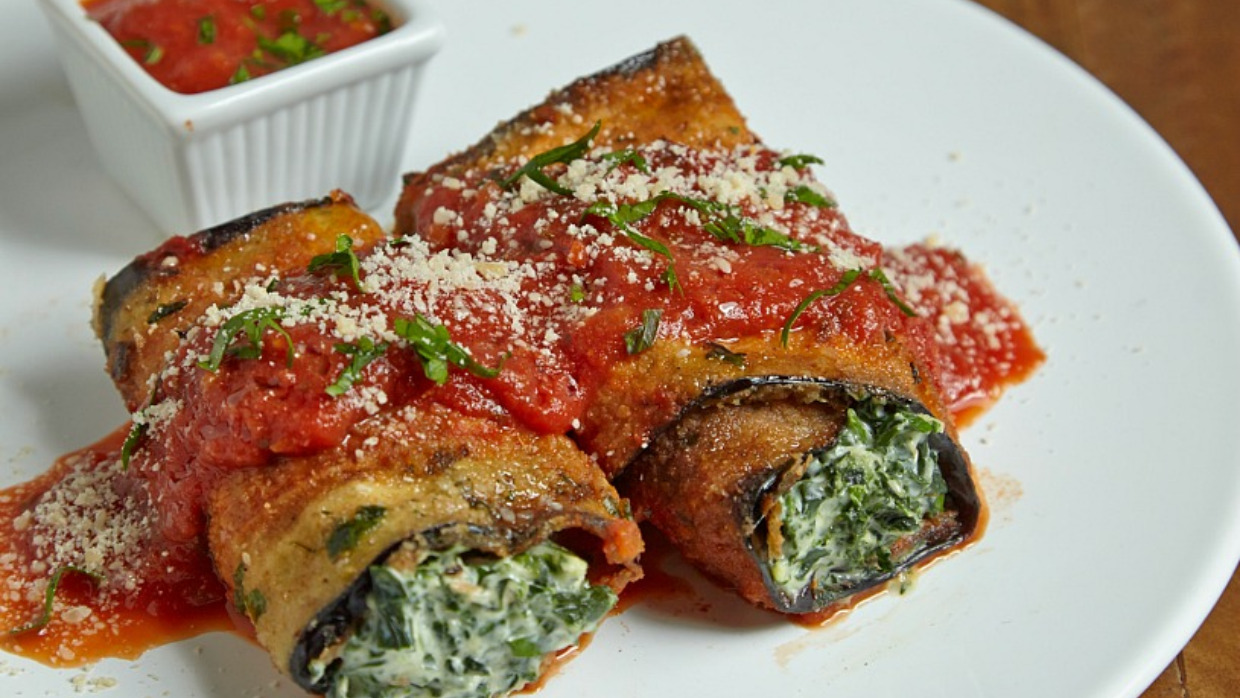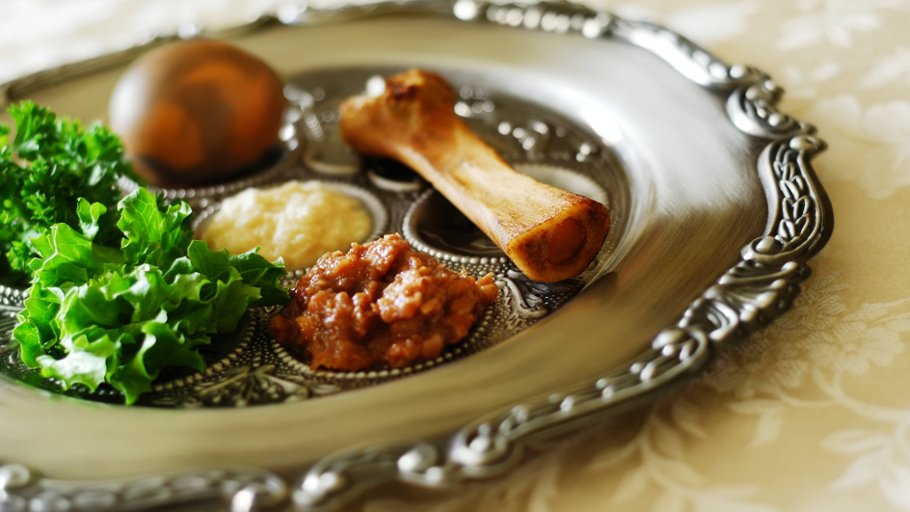When we think of Jewish food, we usually associate it with the comforting flavors of matzo ball soup, brisket, and latkes. But what happens when Jewish cuisine meets the bold flavors of Asia? The result is a mouth-watering fusion of cultures that's taken the culinary world by storm. From Tel Aviv to Tokyo, Jewish-Asian fusion restaurants and recipes are popping up and delighting taste buds everywhere.
Where It All Began
Up until a few decades ago, the only well-known connection between Jewish and Asian cuisine was the age-old tradition of eating Chinese food on Christmas. With fusion food becoming all the rage in foodie capitals such as Los Angeles and New York City, two cities with large Jewish and Asian populations, the two cuisines were bound to mesh.
However, the link between Jewish and Asian food has deep roots tracing back to 2nd century BCE. The history of Jews in Asia dates back hundreds of years, with Jewish communities residing in countries such as China and India. These communities have their own unique traditions and cuisines that have been passed down through generations. As Jews migrated around the world, they brought their culinary traditions with them and adapted to the local flavors.
While anti-semitism and persecution played a role, the reason why many Jews emigrated to cities like Kaifeng and Shanghai in China was due to business opportunities afforded there along the trading route known as the Silk Road. Jewish traders were able to stay current with the Jewish community worldwide while still having a position in Chinese society thanks to trade between China and the West. The Kaifeng Jews at once had a thriving population with thousands of Jewish members, but over time they mostly assimilated, and today just about 1,000 Jews remain in the Kaifeng community.
Jewish-Asian Fusion In Action
Today, we can see the results of this blending of cultures in dishes like pastrami ramen and matzo ball pho. Another popular dish in the Jewish-Asian fusion world is the lox bowl. Lox, a traditional cured salmon usually eaten on a bagel, is paired with cream cheese, rice, seaweed, and other Japanese flavors for a unique and delicious meal, similar to our Lox and Schmear Jew-shi Roll.
Leading the Asian-Jewish food movement are husband and wife duo Aaron Israel and Sawako Okochi, chefs with a unique Asian-Jewish fusion approach to food, who have created dishes that reflects their individual heritages and their shared love of food. They've been serving dishes like matzo ball ramen, Sake-Kasu Challah, and a brisket hotpot since 2013.
In an interview with The Times of Israel, Okochi explained their inspiration:
"We wanted to do something that would blend our cultures in a way that felt natural and authentic. We didn't want it to feel forced or gimmicky. We wanted to create something that was true to who we are and where we come from."
From Chopsticks to Chopped Liver
Kristin Eriko Posner, a Japanese convert, has made it her life's work to bring together the worlds of Japanese and Jewish culture.
Before converting to Judaism, Posner expressed worries: "I got really scared that if I became Jewish, it would overshadow the Japanese parts of myself, and I felt a lot of guilt about that," recalled the San Francisco-based home cook, whose mother was born in Japan and father is the descendant of immigrants from there."
She established Nourish in 2017 as an online community that highlights the fusions of various cultures, including Jewish and Japanese culture. The website features a large collection of unique recipes created by Posner that combine Jewish and Japanese cuisines. Among the dishes is a gyoza kreplach soup, mochi latkes, and fish cakes influenced by both cuisines.
Hasia Diner, a professor of Hebrew and Jewish history at the NYU Skirball Department of Hebrew and Judaic Studies, says, "It was always fusion," she says. "Throughout history, Jews created food that reflected the ingredients available to them and the climate and style of the people around them. And given the ubiquity of Jewish migration, they were always picking up and moving and getting new styles."
The Importance of Jewish Fusion
While Jewish-Asian fusion may seem like a new phenomenon, the concept of blending cultures and cuisines is nothing new. As renowned chef, Niki Nakayama explains in an interview with Vox: "I think the reason why fusion is becoming so popular now is that people are more willing to try new things. But if you think about it, all cuisine is fusion cuisine. Every culture has its own unique flavor profiles, but they're all influenced by other cultures and cuisines."
Part of the reason classically Jewish food has come into the culinary zeitgeist as of late is due to it being a comfort food. "Jewish cuisine is about taking a long way around and cooking food that is real and homey, and those are all trends that are popular in dining these days," says Laura Frangiosa, owner of a restaurant that fuses Italian and Jewish foods, in an interview with Haaretz.
By playing with our expectations and nostalgic childhood memories and subverting them, we are opened up to new flavors and experiences we could only dream of. As the world becomes increasingly connected, it's no surprise that cultures and cuisines are blending together in new and exciting ways. And with Jewish-Asian fusion food, we're seeing a marriage of flavors that's both unexpected and delightful. Judaism is about bringing people together, and there's no better way to do that than with a warm bowl of matzah ball egg drop soup or chocolate bao babka.

Browse through our favorite Jewish Asian Fusion recipes here.















